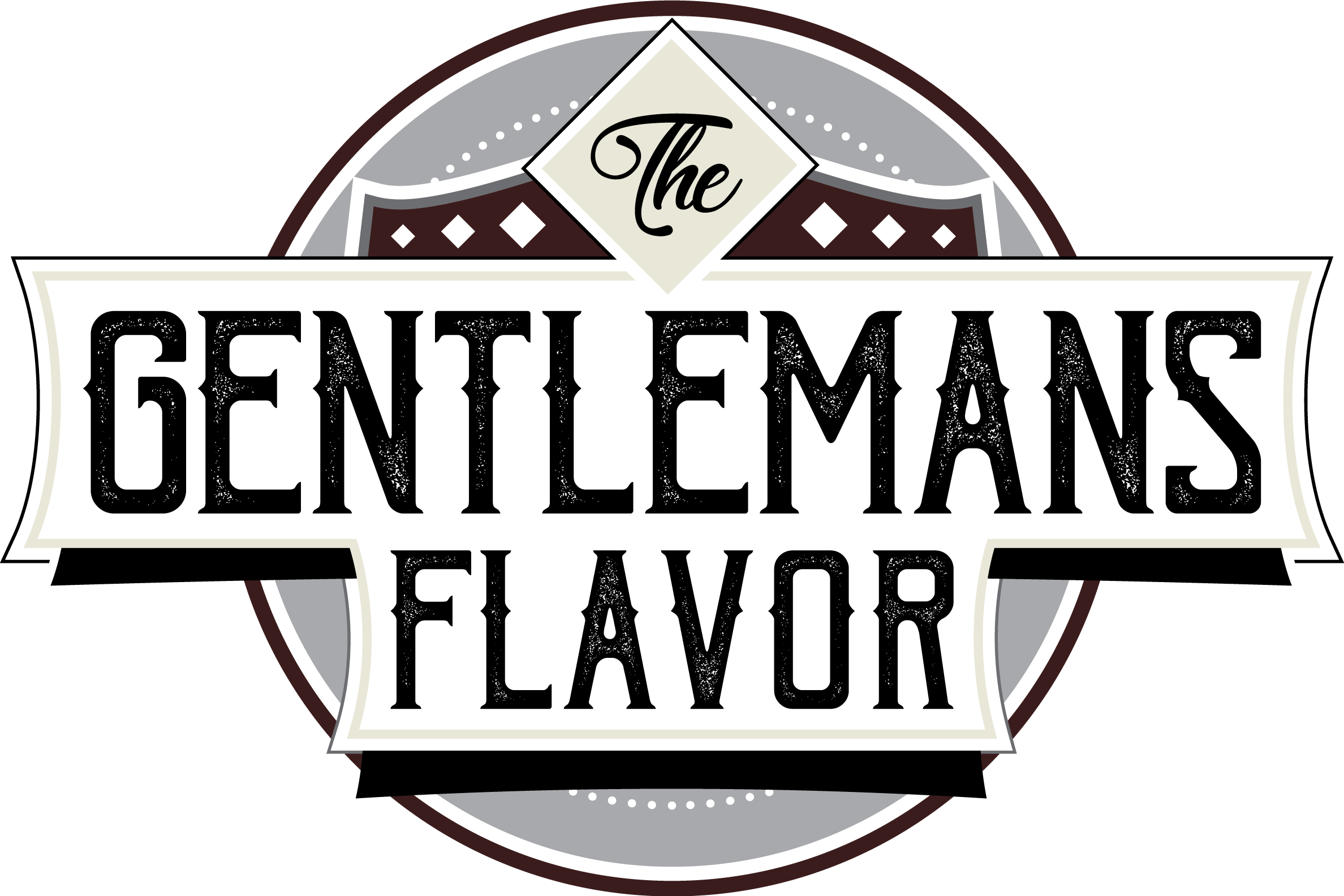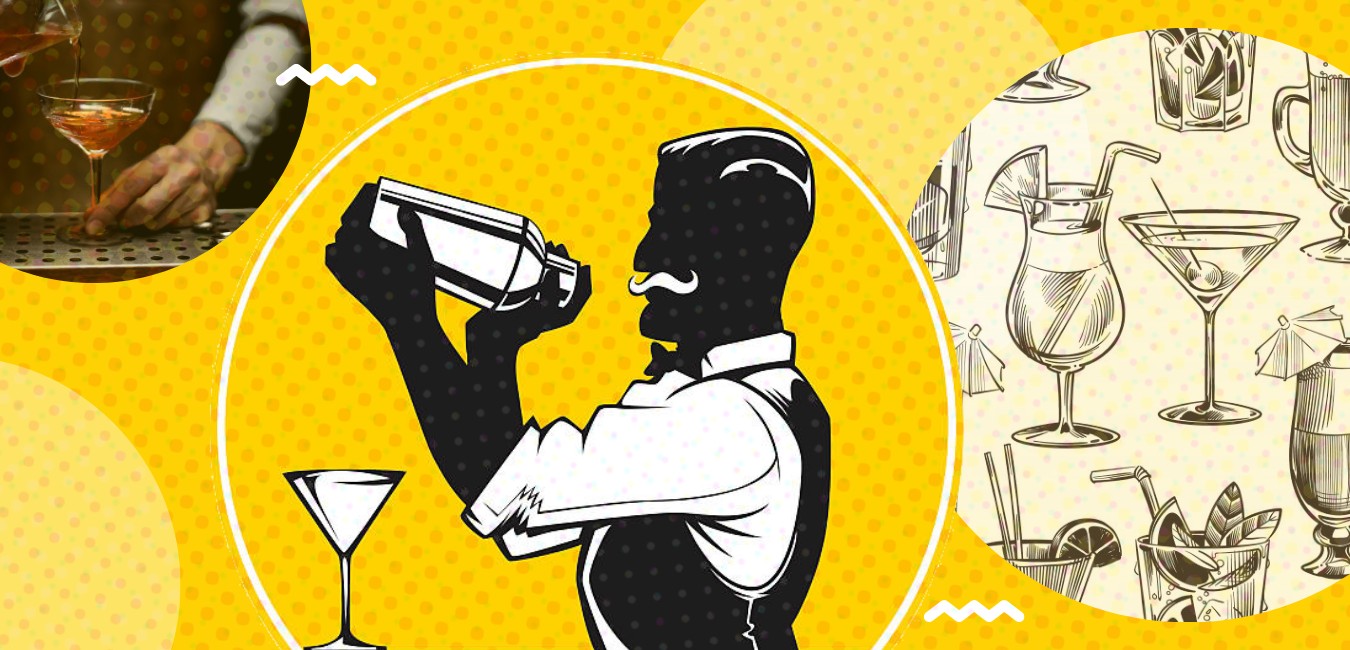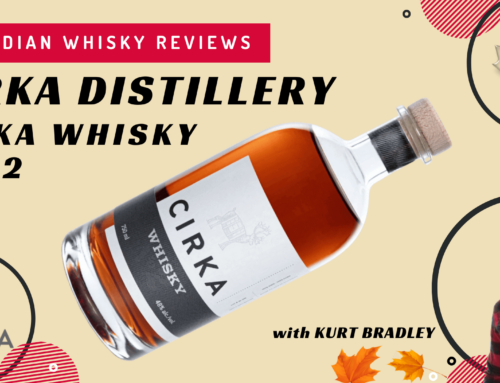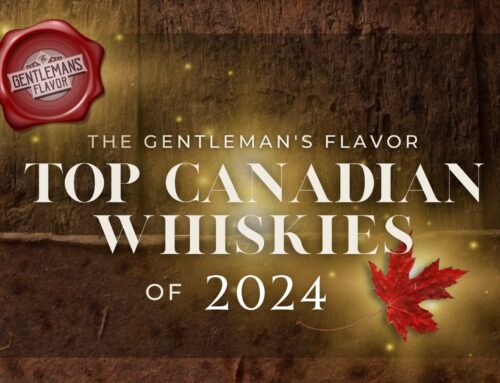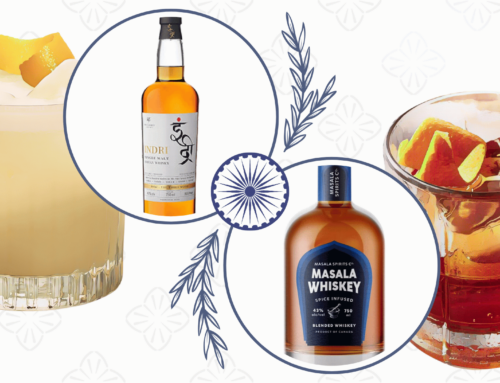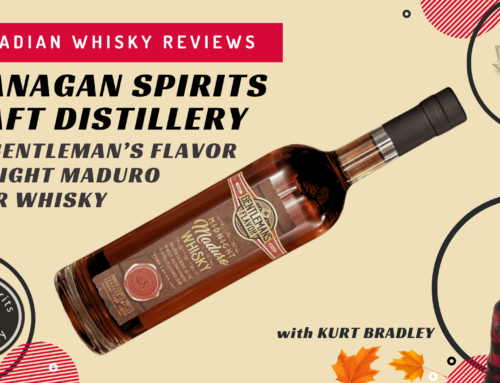You may be surprised to find out that there are fewer key concepts behind mixing consistently great cocktails than you think.
Though it may seem as though there are a dizzying array of options when it comes to creating cocktails, remember that all cocktails are typically derived from one of 5 main styles. Knowing the typical components of each and how each style is traditionally prepared will prove to be a valuable resource in elevating your cocktail game.

In this piece we will outline these 5 cocktail styles, as well as provide valuable insight into how to find that perfect flavor balance. We’ll also showcase a few excellent cocktails crafted by a few of our favorite distilleries located in Newfoundland, Canada, where a vibrant cocktail culture has been growing on Canada’s East Coast.
THE 5 COCKTAIL STYLES
1. Spirit-Forward
Method(s) of Preparation: Various
Also known as a ‘boozy cocktail’, a Spirit-Forward cocktail contains a greater ratio of alcohol compared to the non-alcoholic ingredients within the mixture. These popular cocktail options are typically stirred over ice cubes and then strained (sometimes double strained) and then served straight or over new cubed ice.
Popular examples include an Old Fashioned, Martini and Boulevardier.
For an example of a Spirit Forward cocktail, we’ve enlisted the help of Andrew Daw, Canadian Brand Ambassador to Signal Hill Canadian Whisky in St. John’s Newfoundland.

Signal Hill’s Andrew Daw mixing it up for the camera
Signal Hill Whisky is an excellent, multi-award winning Canadian whisky that is aged in three different barrels and blended with pristine water from Newfoundland, Canada.

Signal Hill Canadian Whisky
So what’s more Canadian than whisky and maple syrup?
This riff on a classic was created after a local maple syrup farmer provided a sample of his sweet product to some the folks at Signal Hill Whisky. “The syrup was so good we knew it had to go into a cocktail” says Daw, who hosts a popular weekly cocktail mixing tutorial he calls Whisky Wednesday on IGTV (Instagram Live) . “As it was pretty early in the day and our brains were craving coffee – BOOM, the idea lightbulb went off!”
The result was a Maple Coffee Old Fashioned, a reinvention of an old classic:

COCKTAIL: Maple Coffee Old Fashioned
- 2oz Signal Hill Whisky
- 1 Bar Spoon Canadian Maple Syrup
- 4 Dashes Coffee Bitters
- Orange Zest for Garnish
To Prepare:
Stir ingredients well and strain over large ice cubes in a Double Old Fashioned glass. Garnish by expressing oils from a large swath of orange peel over the drink before placing the peel in the drink.
Though it may seem as though there are a dizzying array of options when it comes to creating great cocktails, there are actually just a few integral steps to follow that will quickly ramp up the quality and consistency of your cocktail game.”
2. Highball
Method of Preparation: Build over ice
Highball cocktails are long drinks served over ice. They are typically the easiest to create as they are simply built over ice cubes in a tall glass with a larger proportion of non-alcoholic components (typically carbonated beverages) than the base spirit.
Popular examples are the Gin and Tonic, Cuba Libre and Mojito.
For a refreshing Highball cocktail example we’ve turned to Peter Wilkins, co-founder of The Newfoundland Distillery Co. in Clarke’s Beach, Newfoundland.

The Newfoundland Distillery Co. co-founder Peter Wilkins
“It’s not a Mojito – it’s a Nojito”, proclaims Wilkins. The Newfoundland Distillery Co.’s Nojito features their Gunpowder & Rose Rum, which is made in the tradition of navy-proof rum, which used to be rationed daily to British sailors centuries ago. To test the alcoholic proof of their rum, British sailors would add gunpowder and then attempt to ignite it. If it would flare up, then it was deemed ‘navy-strength’ and worthy of swilling.
If it fizzled, it was merely grog.

The Newfoundland Distillery Co.’s Gunpowder & Rose Rum
The Gunpowder and Rose Rum, takes an aged Jamaican rum and fuses Newfoundland sea salt, kelp and charred birch, to effectively mimic the gunpowder flavor that was found in the daily rum rations of the British sailors of yesteryear. The essence of rose provides a soft and pleasing medium finish.
To create his Nojito, Wilkins also adds Sweet Gale & Wild Rose Bitters. The final result is a marvellous, full-flavoured spin on the Cuban classic:

COCKTAIL: Nojito
- 1 ½ oz Gunpowder & Rose Rum
- ½ oz Simple Syrup
- ¾ oz Lime Juice
- 4-5 Mint Leaves
- 1 ½ oz Club Soda
- Sweet Gale & Wild Rose Bitters
To Prepare:
Add mint and simple syrup to a cocktail shaker & muddle gently. Add remaining ingredients to shaker with ice. Shake and then strain into tall glass over ice. Top with club soda and stir gently. Add 2-3 dashes of Sweet Gale & Wild Rose Bitters. Garnish with lime wedge and mint leaf.
3. Sour
Method of Preparation: Shake with ice and strain
Sour cocktails are typically short cocktails made with an expertly balanced combination of a citrus juice, syrup sweetener and base spirit. Shaking effectively chills and mixes the ingredients to create an airy mouthfeel whilst sipping. Occasionally, egg whites are used in sours.
Popular examples include the Whiskey Sour, Daiquiri and Margarita.
If you like spice, Jalapeno and Cilantro have become a popular combination for cocktails.

Crystal Head Onyx Vodka
When the people at Crystal Head were formulating recipes for their new ONYX Vodka which is crafted from premium Mexican Blue Weber Agave and blended with the purest water from Newfoundland, this was one of the first ones that came to mind.
Fresh, herbaceous and with a kick of heat:

COCKTAIL: One Night In Jalisco
- 2oz Crystal Head Vodka ONYX
- ¾ oz Fresh Lime Juice
- ¾ oz Agave Syrup
- Muddled Cilantro + Red Jalapeno
To Prepare:
Garnish a rocks glass with coarse salt rim. In a cocktail shaker, add Crystal Head Onyx, lime juice, simple syrup, jalapeno and cilantro. Muddle ingredients, then add ice and shake. Double strain into rocks glass with ice. Garnish with cilantro.
4. Collins
Method of Preparation: Shake, strain, top with soda and build over ice
Collins are basically a derivative of a sour and traditionally utilize gin as a base spirit. They are generally made tall by adding soda and are served over ice. The drink was first crafted using Old Tom Gin by John Collins in 1876 and is served in a glass of the same name (Collins Glass).
The classic Tom Collins is the prime example here, with countless derivatives created in its footsteps. Examples include Sloe Gin Fizz, Ron Collins and Vodka Collins.
This fresh & energizing classic Collins is updated with The Newfoundland Distillery Co.‘s unique Seaweed Gin, adding an intriguing minerality that is is sure to satisfy:

COCKTAIL: Tom Collins
- 1 ½ oz Seaweed Gin
- ½ oz Simple Syrup
- ½ oz Lemon Juice
- 1 ½ oz Club Soda
- 1 Rosemary Sprig
To Prepare:
Add ice & liquid ingredients to cocktail shaker. Shake for 5-7 seconds. Strain contents of shaker into ice-filled collins glass. Top with club soda and stir gently. Garnish with a lemon wedge and rosemary sprig.
5. Punch
Method(s) of Preparation: Various
Punches are also long drinks and usually are built over rum as a base, but can also utilize other spirits as well. Similar to a Collins, Punches will often have a sour base but instead use juices instead of soda water. Punches also occasionally incorporate bitters and spices. Punches are at times presented at events in the form of a shareable drink, as guests can use a ladle to draw from – you guessed it – a Punch bowl.
Examples include Rum Punch, Margarita Punch and Sangria.
The Chaga Rum is the boldest of the two rum expressions procured by The Newfoundland Distillery Co., which utilizes a truffle-like mushroom called Chaga that grows on birch trees in Newfoundland, and infuses it (and local Newfoundland honey) with five year old Demerara rum from Guyana.
A fruity and refreshing Chaga Rum cocktail:

COCKTAIL: Chaga Rum Punch
- 1 ½ oz Chaga Rum
- 1 oz Orange Juice (freshly squeezed is best!)
- 1 oz Pineapple juice
- 1 oz Cranberry Juice
- ¼ oz Lemon juice
- ¼ oz Grenadine or Maraschino Cherry Juice
To Prepare:
Add all ingredients to an ice-filled cocktail shaker and shake until chilled. Strain into a tall glass with ice Garnish with an orange slice, pineapple slice, and maraschino cherry.
FINDING BALANCE
Now that you understand the 5 main cocktails styles, to achieve an ideal final cocktail you must strike a proper balance between 2 groups of binary flavor elements:
- Strong vs Weak
- Bitter and/or Sour vs Sweet
Strong vs Weak
One reason that so many of us enjoy cocktails is because of the lessened impact of the alcohol, which is typically forced to play nice and marry with all the other ingredients used within the drink.
When we speak of the strong element, we are speaking about the alcoholic ingredients. The weak element refers to all of the non-alcoholic ingredients. Striking a balance between these two elements increases the likelihood of creating a very satisfying cocktail for your recipient.
A few things to keep in mind: if ice is used, it will increase the weak element to the drink as it begins to melt and release water. Also, it is not written in stone that an exact balance must be forged between the strong and the weak elements. If you intentionally aim to create a softer drink where the alcohol is even more recessed, that’s perfectly fine.
Alternatively, if you intentionally wish to create a more booze-forward cocktail creation, well that’s perfectly fine too.
Understanding these two opposing elements and experimenting with their ratios will assist in honing your cocktail craft.
Bitter and/or Sour vs Sweet
Examples of bitter elements are, of course, bitters, certain botanicals, tonic water, coffee, cranberry, etc. Examples of sour elements are typically acidic in nature, like lemon, lime or grapefruit for example.

3 common bitter elements used in cocktails
Sweet elements are many and typically have sugars present (maple syrup, honey, simple syrup, fruits ect.).
Similar to finding a balance between the strong vs weak, striking the perfect balance between bitter/and or sour elements and sweet elements are instrumental in creating a great cocktail.
A two other elements that can play a role in a cocktail include salty (like a salted rim, pickle, etc.) and savory (tomato, onions, bacon etc.). However, these two flavor elements are not as prominent and commonly included as the aforementioned four flavor elements.
Understanding the 4 main flavor elements and how they can effectively balance, enhance or alter one another is a big step in creating cocktails that will be consistently well received by your guests.
Summary
Creating great cocktails are easy once you understand the 5 main styles and learn to balance your flavor elements accordingly.
As there is no single right answer when it comes to finding the perfect balance, experimentation and practice is key. Try replicating some of these sumptuous Newfoundland spirit-based cocktails we’ve listed here, and watch your guests’ eyes light up at first sip.
You’re now one step closer to mastery of the mixology domain. It’s a never ending quest through – so best enjoy the journey.
Cheers.
-Kurt Bradley

Kurt Bradley is the founder of The Gentleman’s Flavor, to which he is also a contributing editor, host and curator.
Kurt is a certified Whisky Ambassador accredited by The Scotch Whisky Association and has achieved Level 2 Award in Wine & Spirits Education Trust with distinction.
He loves a good spirit forward cocktail with a cigar.
